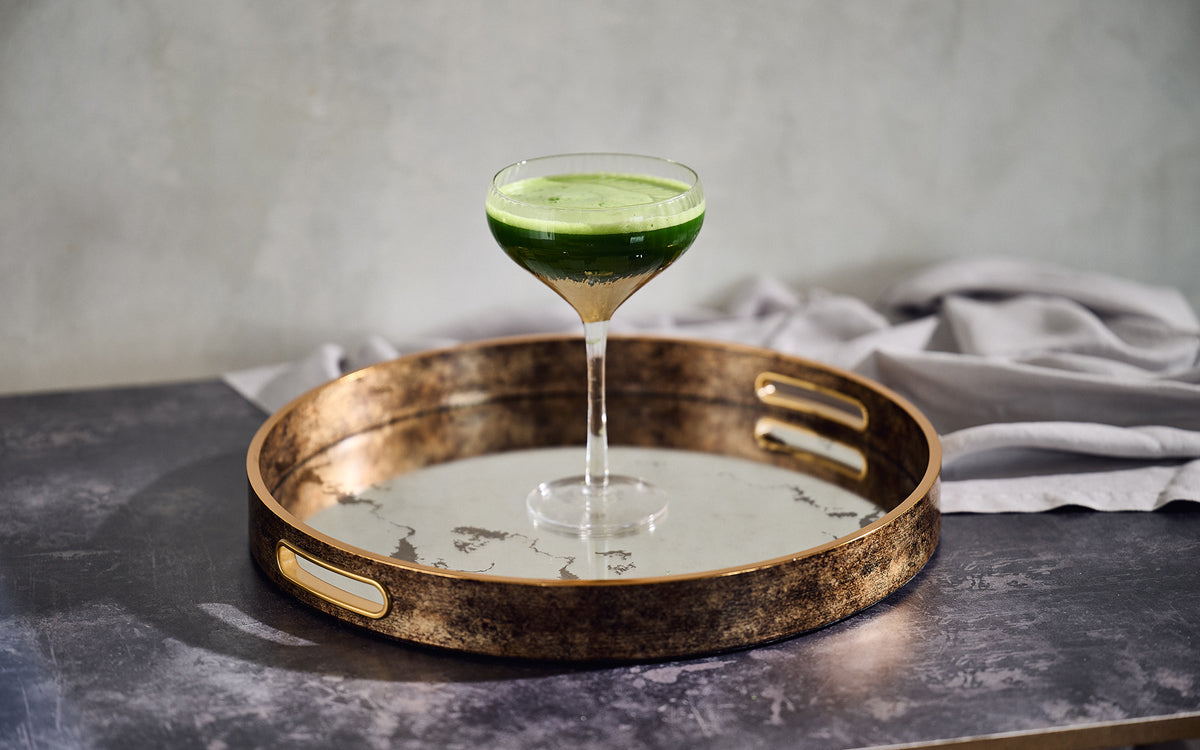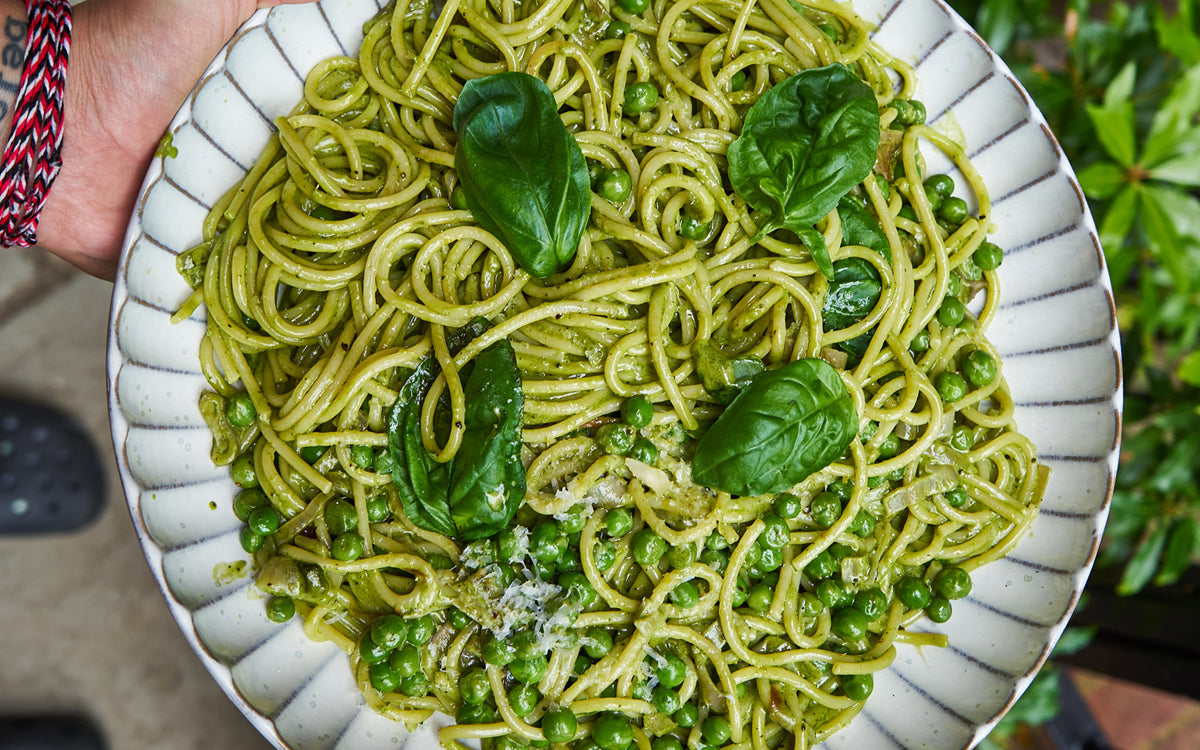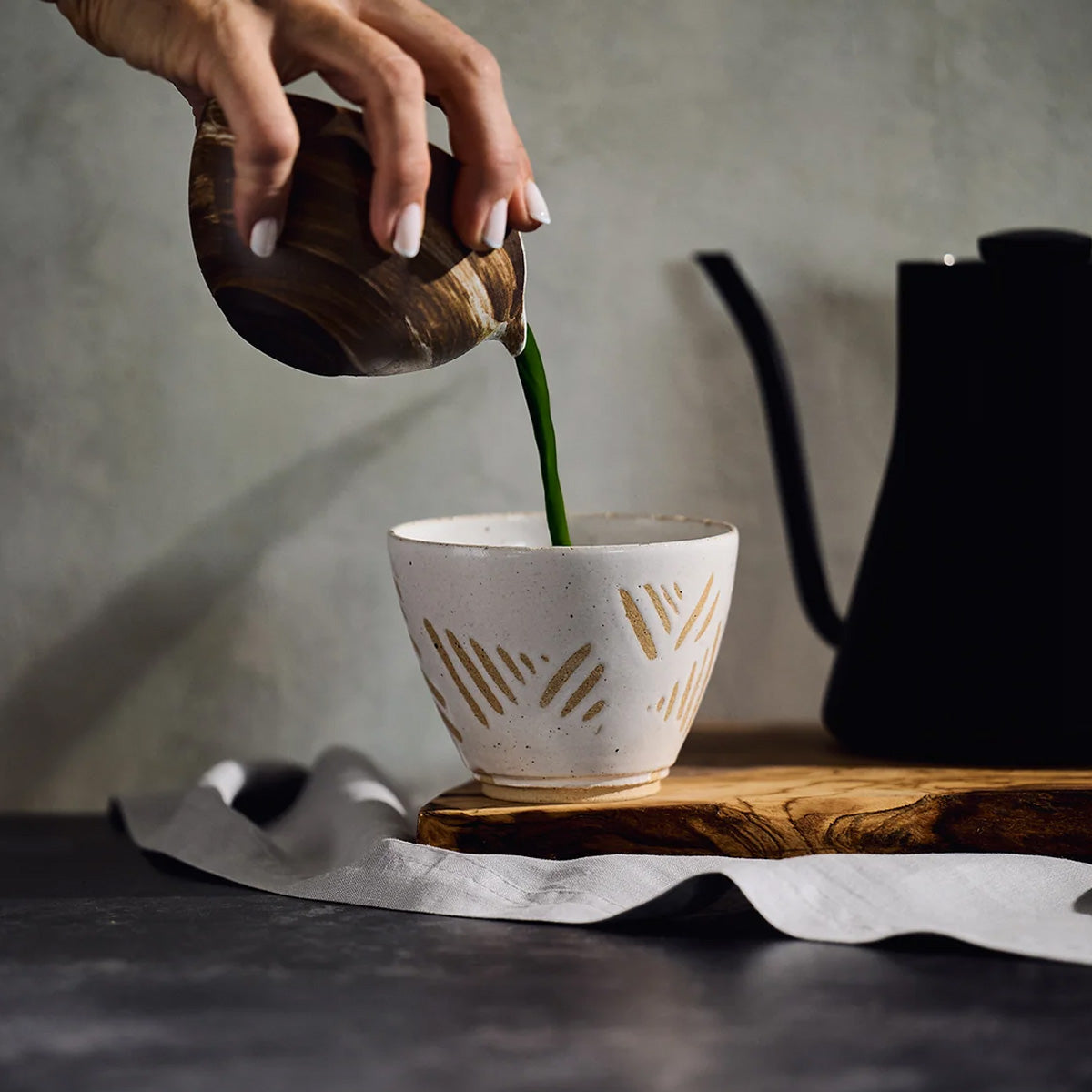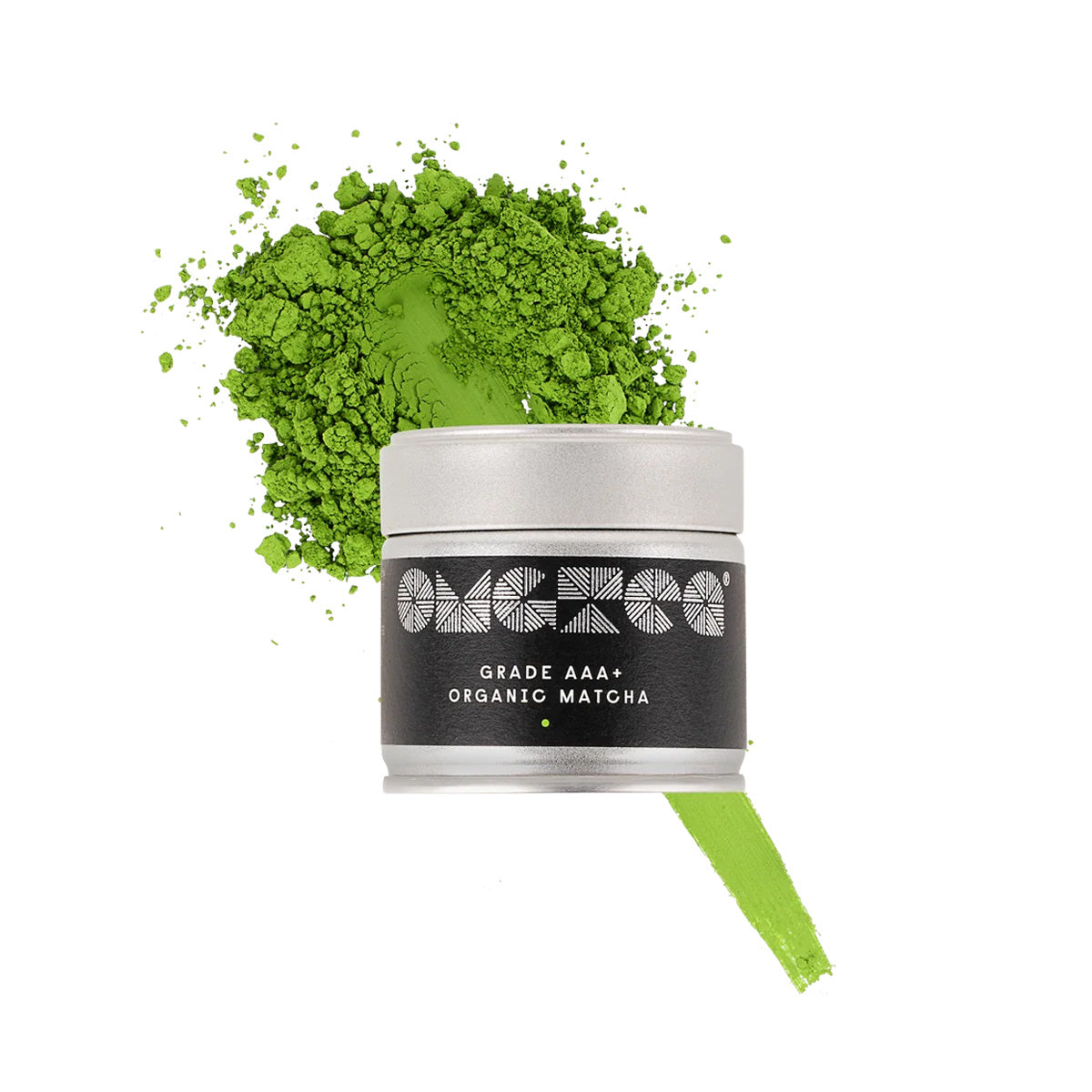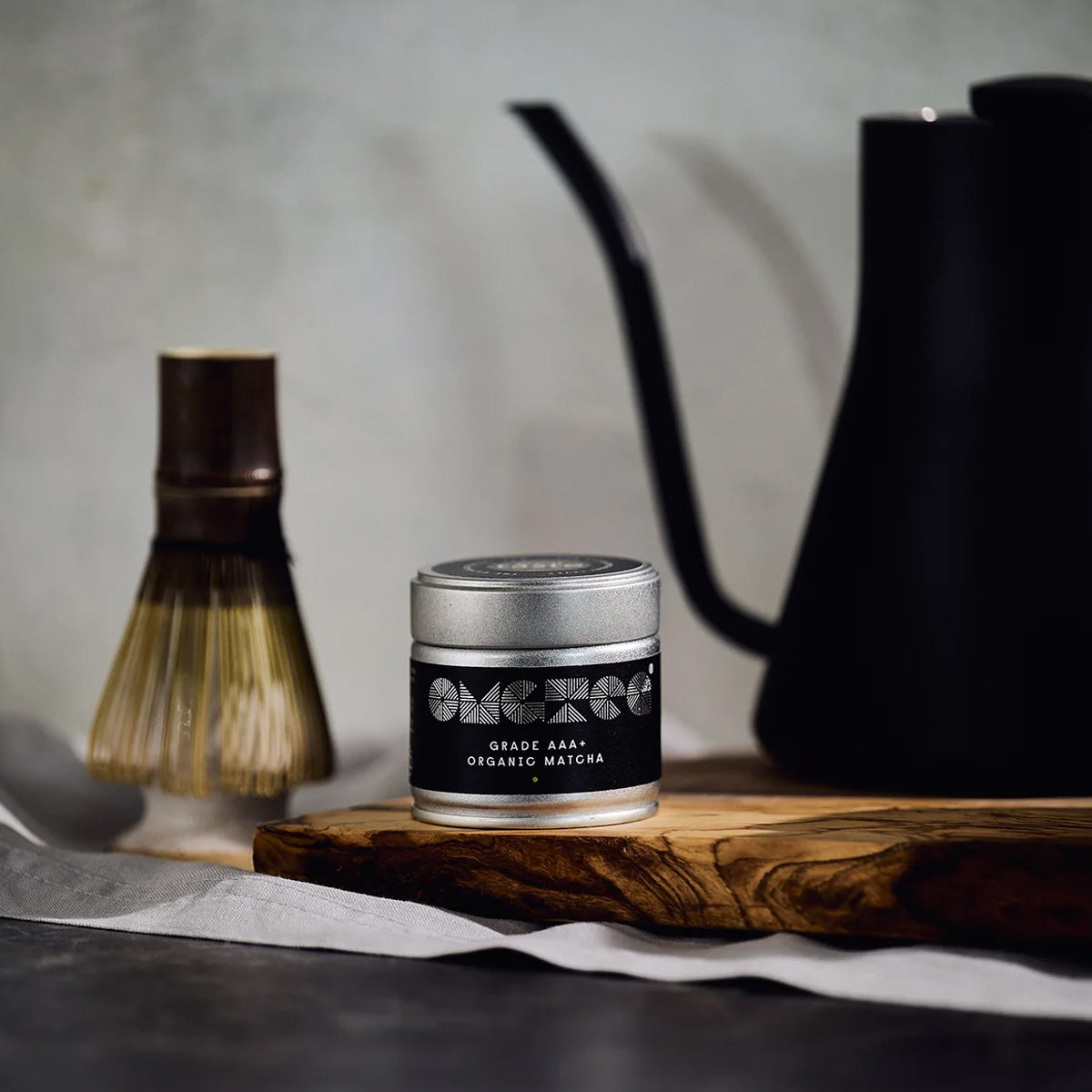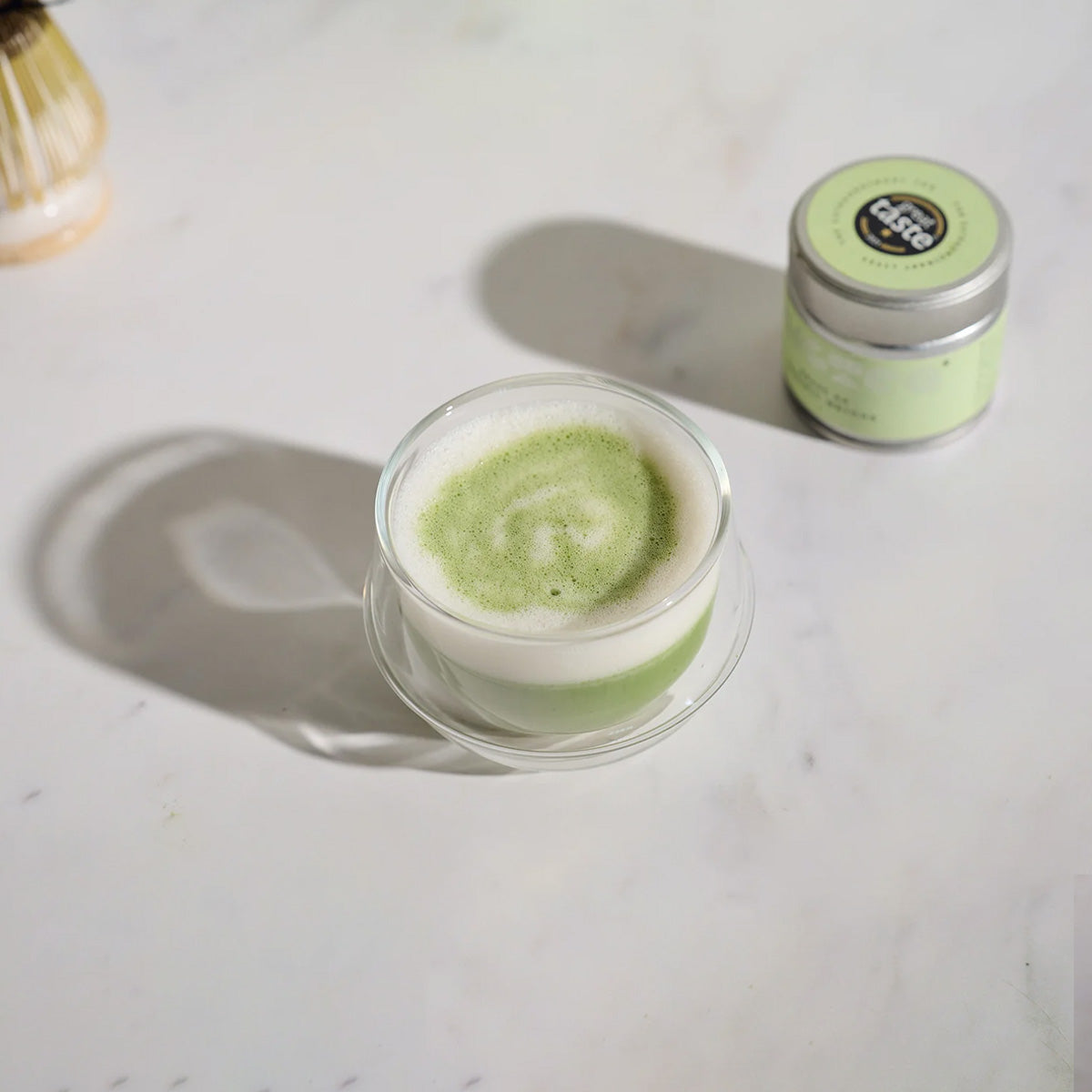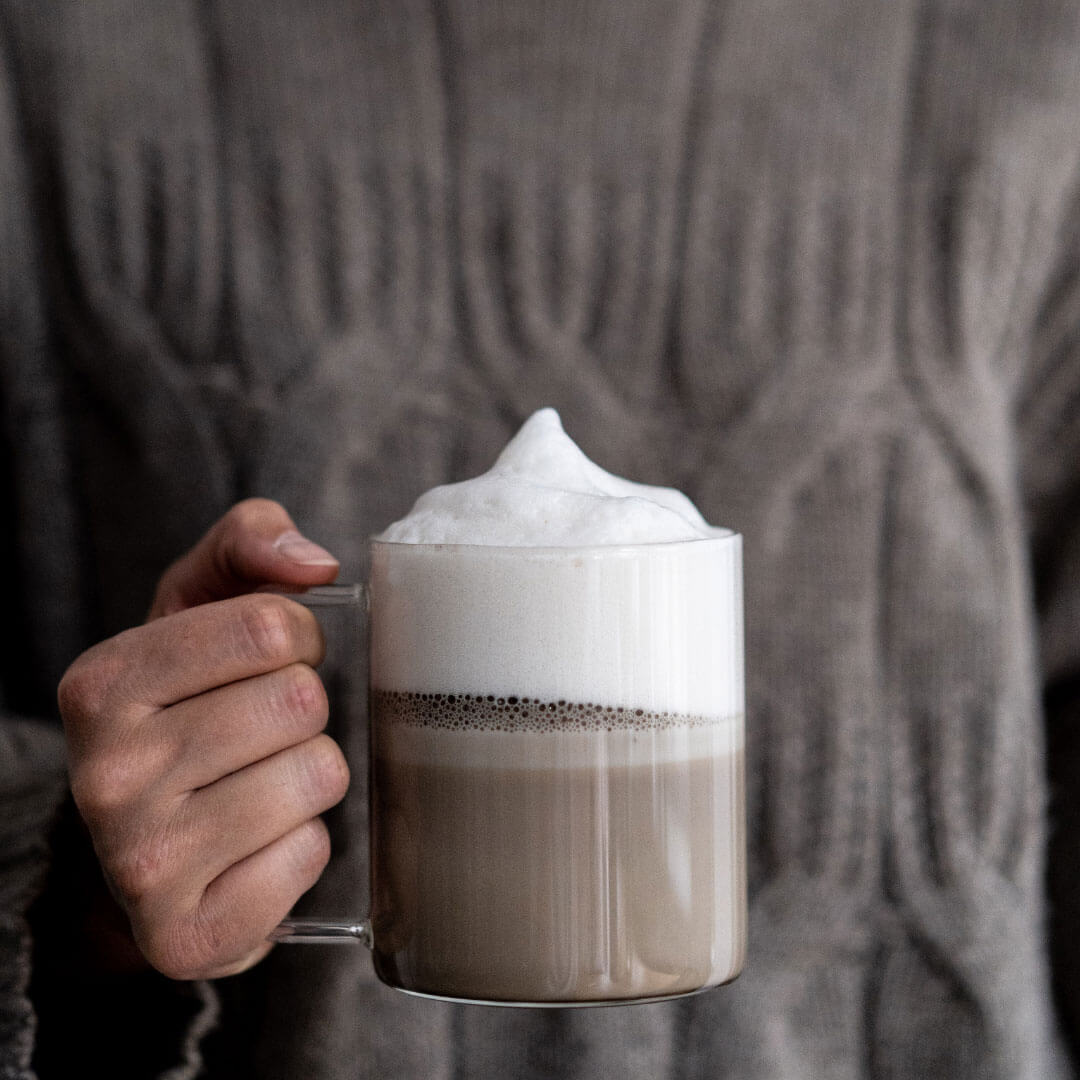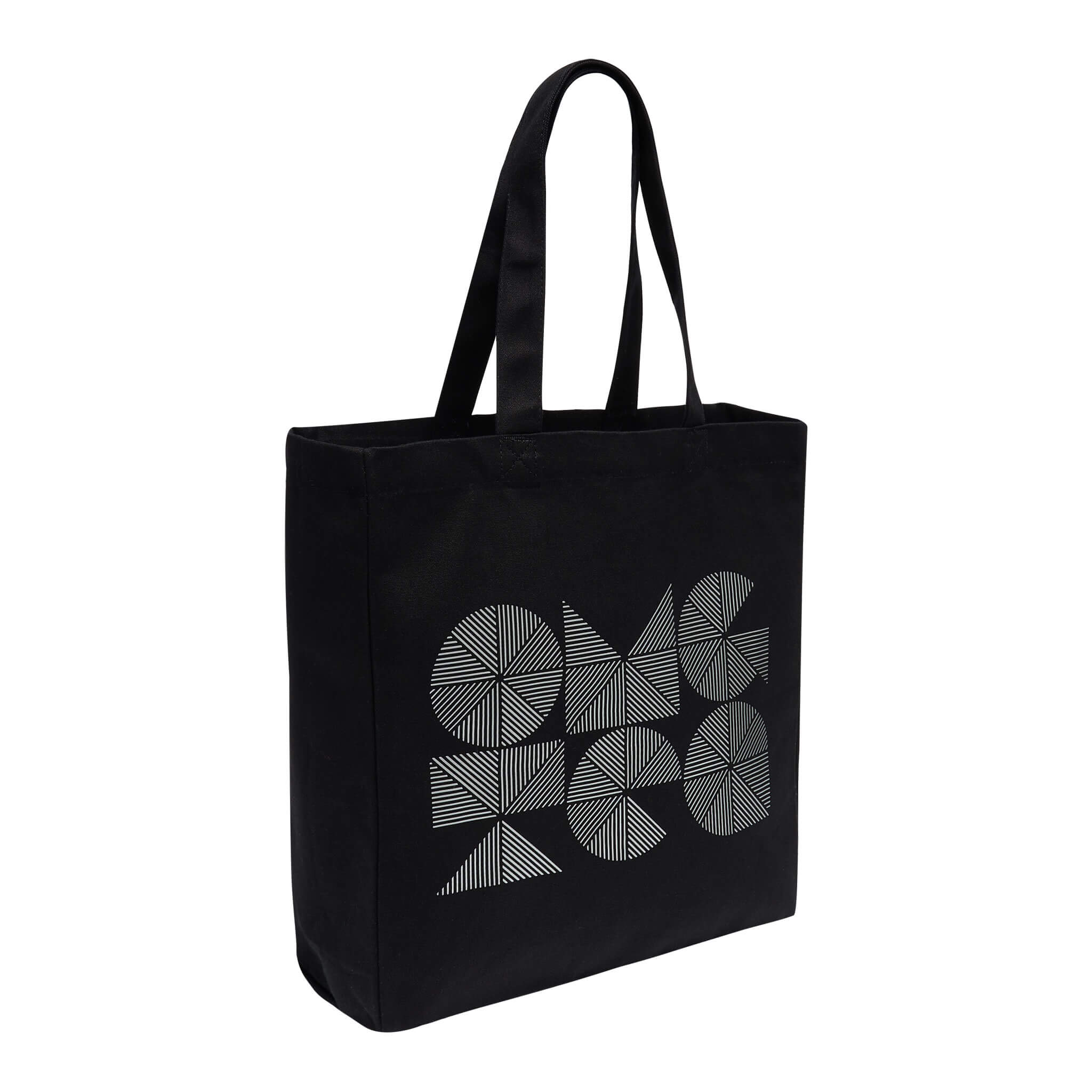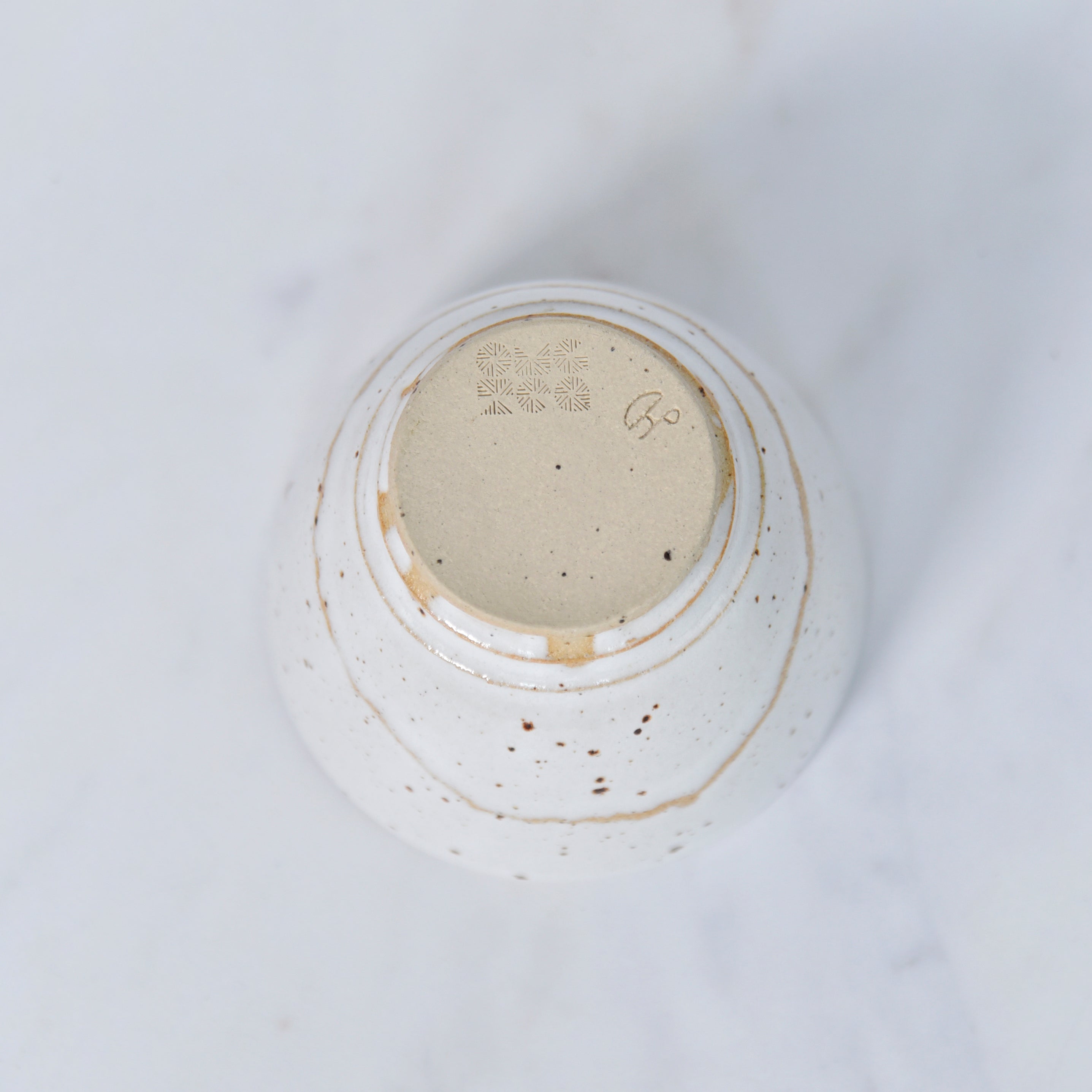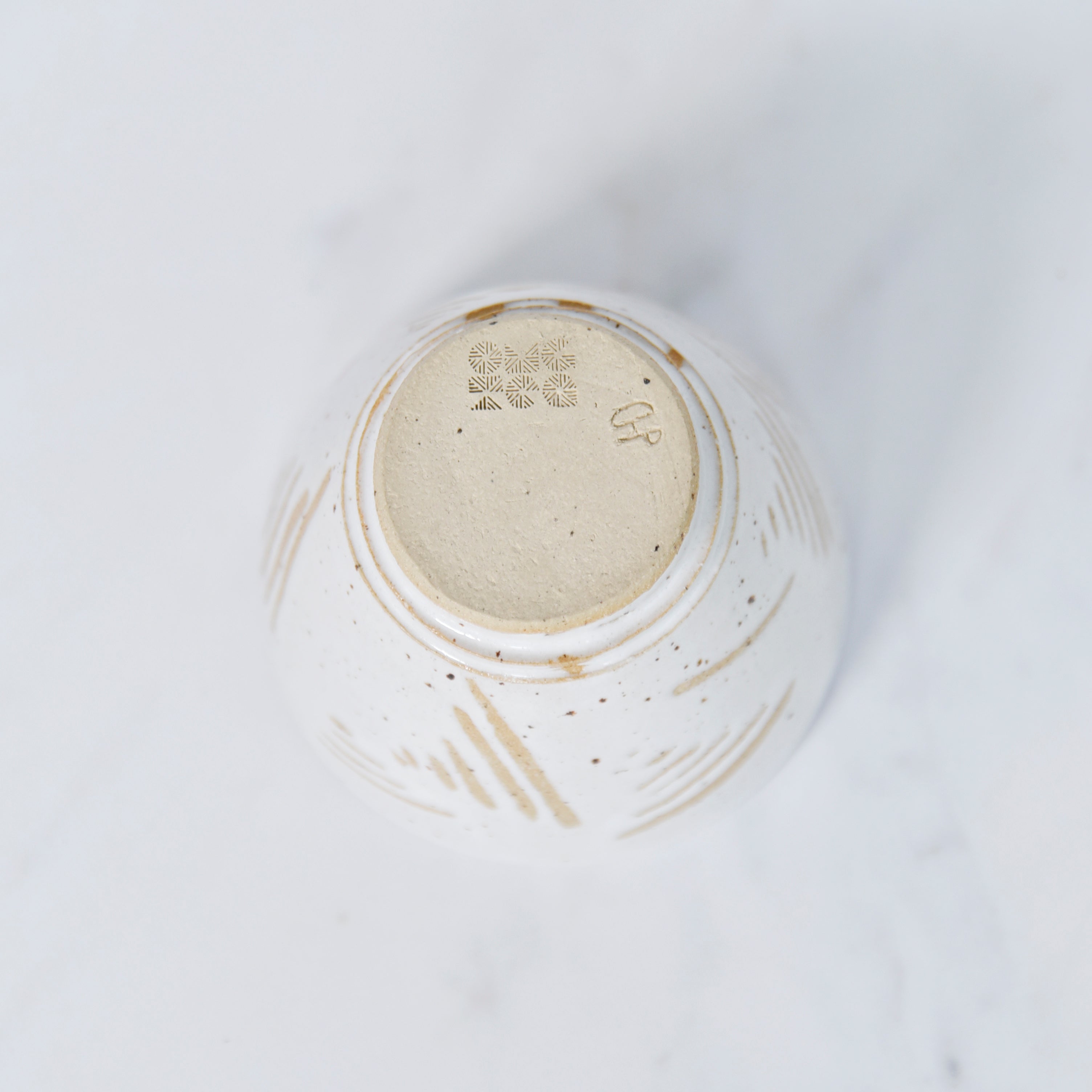OMGTea Pottery Matcha Bowl - Volcano
About this Pottery Matcha Bowl
Delivery
Domestic Shipments
*Please note that whilst in most cases, your order will arrive within these timeframes, we are unable to guarantee timings. Once your order has been shipped you will receive a tracking number so that you can track your package.
International Shipments
Unfortunately due to increased costs and other delivery issues, we have had to stop shipping to countries outside of the UK. We hope that this will only be temporary, but at the moment, we are unable to say how long it will be for.
Please accept our sincere apologies for any inconvenience and if you should have any questions, don't hesitate to get in touch by emailing us at hello@omgteas.co.uk.
OMGTea AA
Made with leaves from the first and second harvest, the AA is perfect for Matcha lattes and provides excellent value in both 30g and 80g tin. One of our fastest selling products, it is a favourite with latte lovers.
OMGTea AAA
The perfect all-rounder; a high-grade Matcha with a bright colour and smooth taste that can be consumed as a tea or latte.
OMGTea AAA+
A super high grade Matcha made exclusively with leaves from the first harvest. Vibrant green in colour and with a smooth taste, this award-winning Matcha is best consumed as a tea to truly appreciate its exquisite taste.
Green Gold
As the name suggests, Green Gold is our highest grade and most premium Matcha. It is for Matcha lovers who appreciate the finer things in life and enjoy Matcha straight Japanese style as tea. Green Gold is available exclusively at omgteas.co.uk.
Award winning Matcha




Step 1
If you can, set the temperature on your kettle to 80 °C or less. If you don’t have a temperature control kettle, however, don’t worry. Simply let the kettle boil and then leave it for approximately 10 minutes to cool down. You should always use hot and not boiling water. If the water is too hot, it will degrade the nutrients and could also result in making the taste bitter.
Step 2
Using a fine tea strainer, sift 1 gram (1/2 a level teaspoon) of matcha into a cup/bowl. Quality matcha is an ultra-fine powder and easily becomes electrostatic, forming lumps. By putting your match through a fine sieve, you will remove these and thus, ensure a smooth, clump-free cup every time.
Top Tips: We think a fine strainer is the most important tool in the preparation of matcha and highly recommend using one to get the most of your matcha. Our OMGTea spoons measure out exactly one gram to ensure you use the right amount every time.
Step 3
Pour in approximately 10ml of water and using a bamboo whisk, whisk the matcha quickly in an M shape motion back and forth so that it froths. This motion forces air into the mix and bubbles start to form. After about 15 seconds a lovely full froth emerges, then add more water or milk, if making a latte, to taste.
Tip: The amount of water/milk you use will vary depending on how strong you like your tea. We recommend around 250 to 300ml.
Step 4
A hand-held battery operated matcha tea/milk frother is a very good alternative to the bamboo whisk. We use this Aerolatte one that was developed specifically for matcha.
To use one, pour in approximately 10ml of water and then simply submerge the frother into your matcha and hold the power button until you get rich, creamy foam, then add more water to taste.




